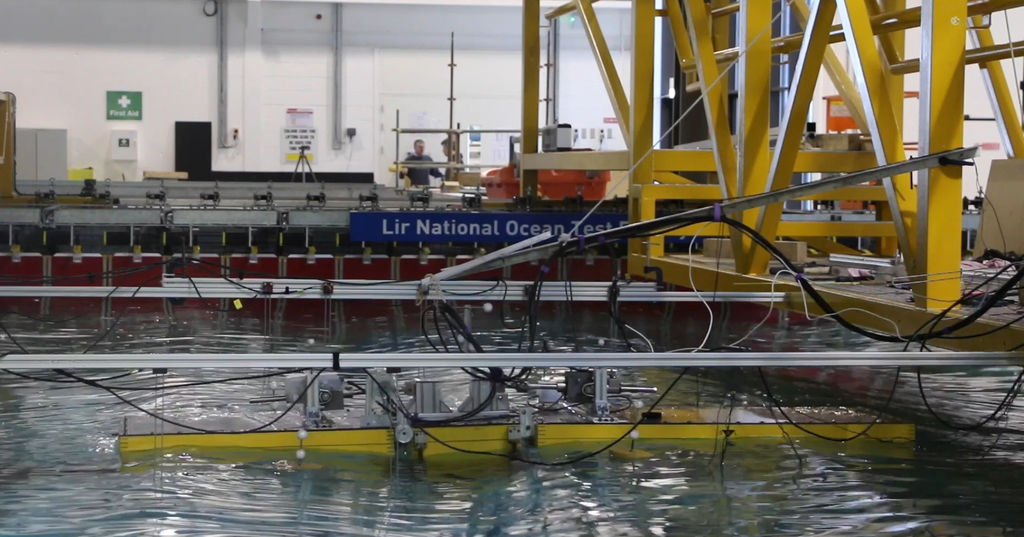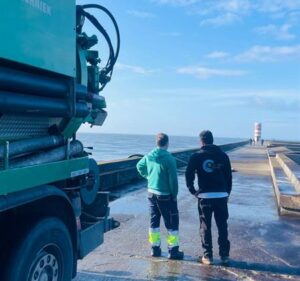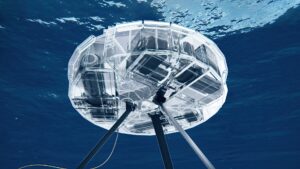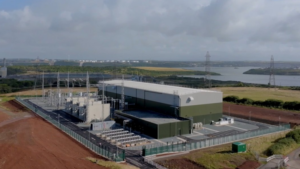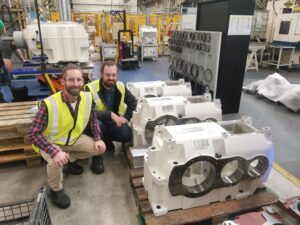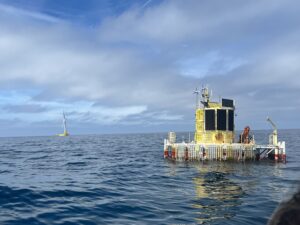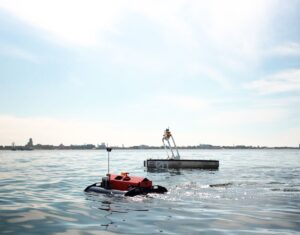Wave energy can meet double Ireland’s power needs – if supported, COER says
Ireland’s wave energy sector, with the potential to power the country twice over, has fallen short of its 2030 targets, according to experts from the Centre for Ocean Energy Research (COER).
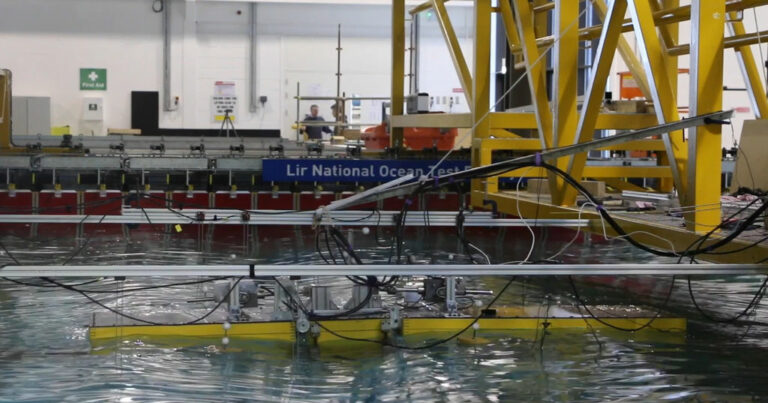
Despite Ireland’s 2030 climate targets, COER warns that without substantial, long-term support, this untapped resource will remain sidelined while the country struggles to reach renewable energy goals.
National University of Ireland, Maynooth (NUI Maynooth) has pointed out that under Ireland’s Climate Action Plan, the goal is to have 80% of electricity sourced from renewables by 2030, relying heavily on onshore and offshore wind, and solar.
However, COER underscores a limitation, which is Ireland’s reliance on weather-dependent energy sources leaves the nation vulnerable during low-wind periods. While the government had launched the National Hydrogen Strategy to convert excess wind energy into storable hydrogen, COER experts argue that the high energy loss in this conversion process, around 70%, suggests hydrogen may be better suited for industrial applications rather than grid stability.
Instead, COER points to wave energy as a stable, complementary solution. Ireland’s Atlantic coastline is among the richest wave energy resources, and this offshore energy source operates independently of local wind patterns, peaking in winter when demand is highest, as NUI Maynooth said.
According to the Irish government, the Offshore Renewable Energy Development Plan identified enough wave energy to provide double Ireland’s electricity needs. Additionally, wave energy devices are invisible from the shore, addressing visual concerns from coastal communities.
However, Ireland’s wave energy sector has struggled to scale up. The high initial costs typical of emerging technologies, a lack of standard infrastructure, and regulatory delays have slowed progress.
COER notes that planning processes for wave energy projects can take up to a decade, with facilities for full-scale device testing often shut down due to planning objections. Ireland’s new Maritime Area Regulatory Authority may provide an avenue to streamline these processes and renew investor confidence, the NUI Maynooth noted.
COER calls for government commitment to long-term funding and supportive policy, enabling Ireland to lead in wave energy innovation and fulfill its renewable energy ambitions.
In March, research from Finland’s LUT University highlighted the role wave energy could play in the UK’s transition to a net-zero energy system. The study recommended that the UK aim for 27 GW of wave energy by 2050, underscoring wave energy’s value as a stable complement to variable renewables like wind and solar.
In September, the European Union approved WEDUSEA, a project set to advance large-scale wave energy commercialization. The WEDUSEA initiative brings together 14 partners from the UK, Ireland, France, Germany, and Spain, with the goal of pushing wave energy towards commercial viability.
Related Article
-
Following EU nod of approval, ‘innovative’ €19.6M wave energy project proceeds to next stage
Business Developments & Projects

